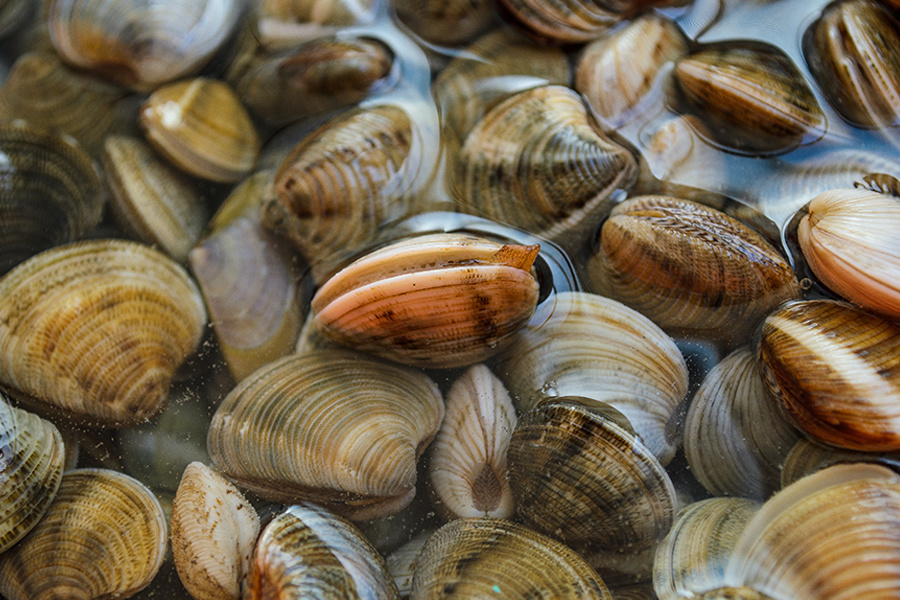Consumer demand for Atlantic surf clams and ocean quahogs has shifted in the past six months. Most of the fleet is centered around Point Pleasant Beach and Atlantic City, N.J.; Oceanview, N.Y.; Hyannis, Mass. (surf clams only); and New Bedford and Fairhaven, Mass. There is also a quahog fishery in Maine.
Chris Shriver, general manager of Atlantic Capes Fisheries, a large processor headquartered in Massachusetts, says covid-19 has affected markets.
“A lot of our product does sell to the restaurant sector, wholesale, and to chains. All were impacted, due to the closures and limited seatings.” Shriver says some states are starting to open up a little, and that clam products from Rhode Island were still able to be sold locally in fry shacks and take-out establishments.
“But we’re all fearful for the next shoe to drop,” Shriver says. While Atlantic Capes does not produce canned products, they have substantial retail and soup manufacturing markets. The upshot is “there has definitely been an uptick in the retail sector.” But, adds Shriver, it is difficult to make up for the lost restaurant markets.
Landings for surf clams, ocean quahog and Maine quahog are short of what they were at this time last year. By mid-September 2020, 32.5 percent of the surf clam quota (3.4 million bushels) and 25.5 percent of ocean quahog quota (5.33 million bushels) was harvested. Maine’s quahog fishery had harvested 10 percent of the 100,000-bushel quota for the state.
“The theme of depressed demand due to the pandemic is across the board, as far as I can tell,” says José Montañez, a fishery management specialist with the Mid-Atlantic Fishery Management Council. A July 2020 report on Atlantic Surf Clam and Ocean Quahog Fishery Performance concluded that as a result of covid, “sales to restaurants (foodservice) was very low year-on-year for the months of March, April, May and June, with the expectation that the effects of this may be ongoing and/or longer lasting. Seventy-five percent of all seafood is sold in restaurants in the U.S.” Despite reduced landings and sales, “processors are continuing to operate to protect jobs within their organizations, causing inventories to rise dramatically.” The abundance of inventory rippled into increased storage costs.
New Jersey-based La Monica Fine Foods has been in the clam business for almost 100 years. Vice president of sales Steve Zevitas says sales are still off from last year, but that LaMonica is always looking toward the future.
“It has been very tricky. We’re lucky, in some sense,” Zevitas says. While the foodservice market is down, retail products like breaded clam strips, which go to supermarkets all over the country, and ocean clams in white and red clam sauces, and canned clams and juice, are all doing well. Zevitas adds that current consumer preferences have moved beyond canned clam chowders and strips. “Tastes have changed, and people want more and more convenience — bowl meals, like rice with shrimp or pasta bowls with clam, shrimp and sauces. That is our future — we can change the marketplace and build that part of the business. I am optimistic about the future, and to use clams in new and different recipes.”
Chris Shriver of Atlantic Capes also lands on the optimistic side.
“Clams are a good product, and I think people will embrace them when we can start harvesting again. It’s New England — people want their clam cakes, fried clams, and chowder.” And, adds Shriver, the pandemic “challenges (us) to explore other items and retail opportunities. We’re known for clam strips and chopped clams, and we’re also looking at new ways to find center-of-the-plate items. We’re not burying our head in the sand, that’s for sure!”







